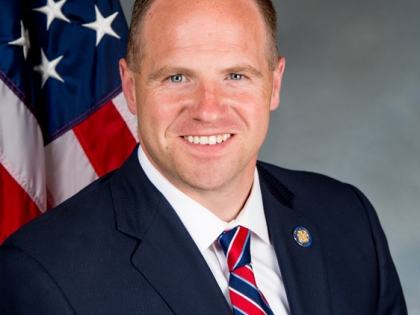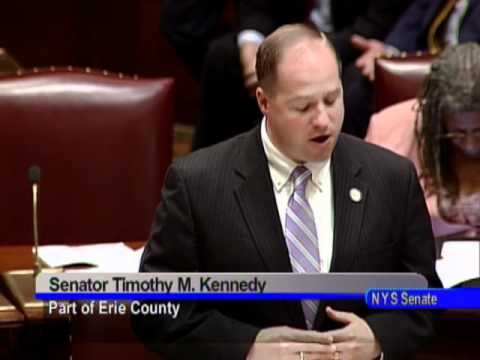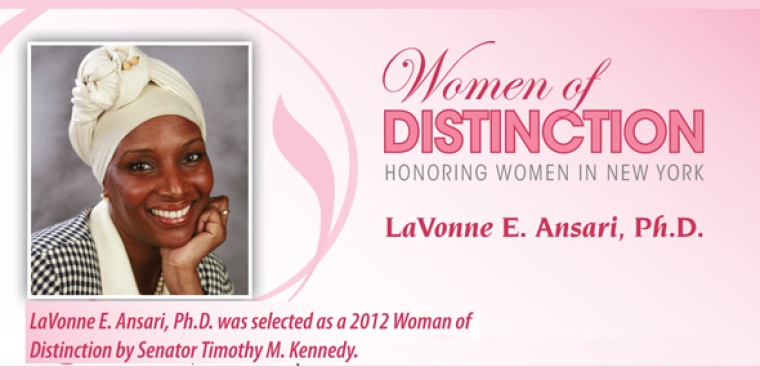
Kennedy Proposal Provides Relief for Property Owners Affected by Emerald Ash Borer, Works to Head Off Future Damage From Other Invasive Species
September 16, 2016

With Emerald Ash Borer Killing Thousands of Trees Across WNY, Many Property Owners Are Forced to Come Up With Hundreds or Even Thousands of Dollars for Tree Removal – Kennedy Calls for Tax Credit to Mitigate Expenses
Kennedy Also Calls for Passage of Bill to Implement “10-20-30” Rule to Promote Biodiversity Among Municipally-Planted Trees, Will Help to Minimize Damage of Possible Future Diseases or Invasive Species
BUFFALO, N.Y. – As the Emerald Ash Borer continues its path of destruction across the country, including Western New York, Senator Tim Kennedy (D-Buffalo) is proposing a two-part package of legislation to assist property owners stuck with expensive tree-removal costs, while also promoting more progressive tree-planting policies among municipalities. Kennedy’s proposal comes on the heels of a recent visit by U.S. Senator Charles E. Schumer (D-NY), who is fighting for millions of dollars in federal funding to prevent the spread of this dangerous invasive species. Kennedy is proposing two pieces of legislation. The first, nicknamed the TREE (Tree Removal & Emerald Ash Elimination) Credit, will provide a 50% tax credit for the removal of trees on private property that have been damaged by the Emerald Ash Borer, with a tax credit cap of $300 per tree removal. In recent weeks, Kennedy has heard from constituents facing tree removal bills ranging from the hundreds to thousands of dollars.
Kennedy’s second piece of legislation will implement a “10-20-30” rule to promote biodiversity when municipalities are planting new trees. The rule calls for an urban tree population to consist of no more than 10% of any one specific species, no more than 20% of any individual genus, and no more than 30% of one tree family. By requiring biodiversity, this helps to head off widespread damage that has been seen previously, such as Dutch Elm Disease, the Emerald Ash Borer, and the Japanese beetle, which targets maple trees. In order to give nurseries and municipalities time to adjust, this legislation would not take effect for two years.
“Whether it is a homeowner in Cheektowaga like Bob Stotz who has to come up with thousands of dollars to remove nearly two dozen infested ash trees on his property, or a property owner in Lackawanna who suddenly finds their ash trees are infested and at risk of falling onto power lines, or entire neighborhoods in Long Island, this is an unexpected and difficult expense to bear,” said Senator Tim Kennedy. “This legislation will provide relief to these property owners, and will also encourage the removal of infested trees – hopefully slowing the spread of this insect. On top of that, we are looking to the future to prevent future calamities. Buffalo’s older residents can recall the tragedy of witnessing thousands of the city’s towering elm trees fall to Dutch Elm Disease, and now we are experiencing the same with the Emerald Ash Borer. By promoting biodiversity among our municipally-planted trees, we hope to mitigate future damage by diseases and invasive species.”
"The emerald ash borer has killed tens of millions of trees across the country since it first appeared, and sadly it will continue to wreak havoc on our ash tree population," said Re-Tree WNY Chairman Paul Maurer. "Too many homeowners are finding themselves stuck with out-of-pocket expenses to remove infested trees that they cannot afford. Senator Kennedy's proposal to provide relief to property owners impacted by this invasive species is welcome news, especially when coupled with his legislation that will help to minimize damage caused by future invasive species and diseases."
“The Buffalo Olmsted Parks Conservancy remains highly active in its pursuit to save Ash trees in our public urban forests, yet sadly we know many hundreds of trees will end up being cut down,” said Olmsted Parks Conservancy Executive Director Stephanie Crockatt. “The homeowner tax credit will certainly abate some of the residential burden for those who cannot afford to inoculate. The "10-20-30" rule proposed by legislation is a forestry method the Conservancy has followed for years, and we applaud Senator Kennedy for his support of this practice, and encourage its implementation throughout the region.”
“As a homeowner, the cost of removing twenty infested trees from my property is not a minor expense,” said Bob Stotz, a Cheektowaga homeowner. “Senator Kennedy’s proposal, if passed and signed into law, would be a huge help to homeowners like myself who find themselves stuck with an unexpected and large tree removal bill.”
Buffalo, once known as the City of Trees, was renowned for its dense tree coverage, with historical photographs showing major roads entirely covered by a thick canopy of leaves. Over the years, due to disease, redevelopment, and many other causes, much of that tree cover has been lost. However, following the 2006 October storm that severely damaged tens of thousands of trees, Re-Tree WNY was launched with a goal of restoring Buffalo’s famous canopy of trees. Since their first planting in 2007, Re-Tree has planted nearly 30,000 trees. Invasive species such as the Emerald Ash Borer threaten to undo much of the past decade of progress.
###


